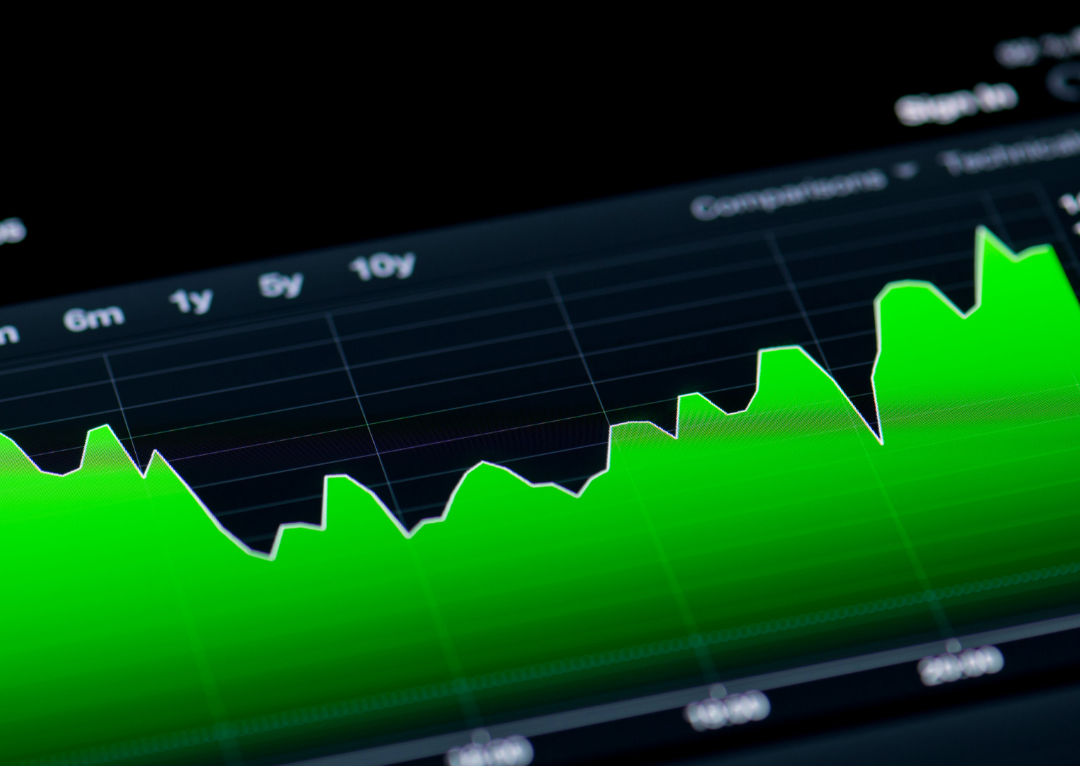Unsystematic vs Systematic Risk: Understanding Company-Specific vs Market Risk

In this post, we'll take a closer look at risk and what that means for your portfolio. In investing, there are two main types of risk: unsystematic and systematic risk. Unsystematic risk can be diversified away whereas systematic risk cannot be diversified away.
Unsystematic Risk
Unsystematic risk is defined as a risk that is unique to a specific company or industry. It is assumed that unsystematic risk can be reduced or even eliminated through diversification. In other words, don't hold all your eggs in one basket.
For example, let's say you have $100,000 and invest 100% of your portfolio in Netflix (NFLX). If an event happens that affects NFLX directly (e.g., the company misses earnings) or an event happens that affects the broader tech industry in general (e.g., regulatory action), then your portfolio would be significantly impacted. Let's say such an event causes a 20% drop in NFLX's share price. In this case, you would lose $20,000 — ouch!
Now let's say that you have a well-diversified portfolio, where NFLX only represents 1% of your holdings. In this case, you would only lose $200 compared to $20,000 — much better!
Systematic Risk
Systematic risk is defined as a risk that is inherent to the entire market, reflecting the impact of economic, geopolitical, and/or other market factors. Systematic risk cannot be diversified away.
For example, say you hold a well-diversified portfolio, but then an adverse event, such as the COVID-19 outbreak or the Russia-Ukraine war, happens. In this case, it doesn't matter how diversified your portfolio is, you will still be impacted since the market as a whole is impacted.
Beta quantifies how sensitive an asset is to systematic risk. The higher an asset's beta, the more it will move in response to broader market movements.
So What?
It's important to understand unsystematic vs systematic risk as you construct your portfolio. In general, you want both types of risk to be within a range that you are comfortable with.
As mentioned before, a well-diversified portfolio can generally mitigate unsystematic risk. Within your equities portfolio, you might want to diversify across different types of companies, industries, and sectors. Within your broader portfolio, you might want to diversify across different asset classes, such as stocks and bonds.
As for systematic risk, we've already established that it cannot be diversified away. So how can you mitigate it? Well, in this case, you need to look at the total beta of your portfolio and make sure it's within an acceptable range.
For example, say you calculate the total beta of your portfolio to be 1.5. This means that your portfolio will move 1.5x more than the market on average. So if the market is up 1%, your portfolio should be up 1.5%. If the market is down 1%, your portfolio should be down 1.5%. The higher your portfolio’s beta, the more sensitive it will be to systematic risk.
If you feel that your portfolio’s beta is too high, you can take steps to reduce it. The simplest way would be to hold more cash. Cash has a beta of 0, therefore, holding more cash will reduce your overall portfolio beta. You can also swap some of your high beta holdings for securities with lower betas. There are also more sophisticated strategies (which we won't get into in this article), such as shorting and options, both of which can be used to offset your overall portfolio beta. But beware that these strategies will introduce other kinds of risk into your portfolio.
How alphaAI Can Help
At alphaAI, we help clients manage both types of risk. Every single one of our strategies is well-diversified, which helps to reduce unsystematic risk. Mitigating systematic risk is more difficult, but we tackle it with our downside protection solution. We manage our clients’ market exposure in response to market conditions. When conditions are favorable, we increase market exposure to help maximize gains. When conditions are more uncertain, we hold more cash, thereby reducing portfolio beta, to reduce losses.
Learn more about our automated solutions here.
Supercharge your trading strategy with alphaAI.
Discover the power of AI-driven trading algorithms and take your investments to the next level.

Continue Learning
Dive deeper into the world of investing and artificial intelligence to unlock new opportunities and enhance your financial acumen.

Paul Merriman’s Ultimate Buy & Hold Portfolio: Historical Review and Modern Risk Considerations
.jpg)
How AI Safely Manages Leveraged ETFs for Long-Term Investors



